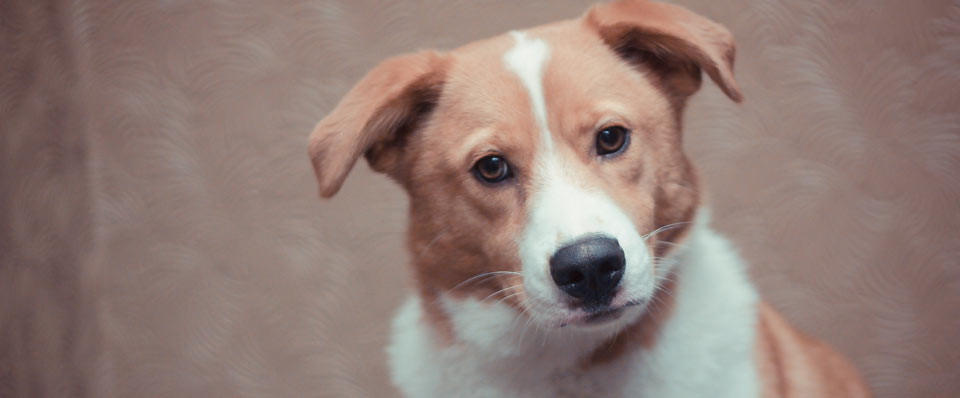Here at Martensville Veterinary hospital, we take the safety and comfort of your pet under anesthesia very seriously. Each patient undergoing anesthesia has an individually tailored drug protocol based on their species, temperament, age, breed, health status, and the procedure which they are undergoing. We can also use bloodwork, radiographs or laboratory tests to tailor our protocol specifically for your pet. All patients are monitored carefully and are given pain medication before, during and after their procedure.
At our veterinary clinic in Martensville SK (near Saskatoon and Warman), each patient has one or more registered veterinary technologists dedicated to your pet’s anesthetic monitoring. Although we have sophisticated monitoring equipment, nothing beats a highly trained veterinary technologist! The technologist is with your pet from induction (initiation of anesthesia) right through to their recovery. Once your pet has recovered, the technician that has been with your pet will give you a call and let you know how the procedure went.
Mentioned below is the equipment that we use during an anesthetic procedure. This equipment is also a requirement for our AAHA accreditation.
BLOOD PRESSURE
Blood pressure monitoring is essential to a patient under anesthesia. Low blood pressure results in decreased oxygen delivery to the tissues and organs of the body. Left unchecked, this could result in organ damage– the kidney and brain are particularly sensitive to changes in blood flow. Because lowered blood pressure is a common side effect of many anesthetic drugs, monitoring these values under anesthesia is crucial. Changes in blood pressure can be determined quickly and corrected, increasing the safety for your pet.
CAPNOGRAPHY – CO2 (CARBON DIOXIDE)
CO2 monitoring is extremely valuable to a patient under anesthesia. It helps assess the respiratory system and whether the lungs are getting enough oxygen. Inadequate breathing, (not getting enough oxygen) results in increased CO2 levels, which can cause arrythmias, altered blood flow to the brain and kidneys, and potentially death. This is particularly important to patients with airway disease (such as asthma) and to overweight animals that may have reduced lung capacity. It is also a fantastic early detection system for equipment failure. With a Capnograph, CO2 build-up can be addressed early and quickly by increasing oxygen delivery and helping the patient breathe keeping them much safer than without this kind of monitor.
SPO2 – OXYGEN SATURATION
SPO2 is another way of making sure a patient is getting enough oxygen. It is a measure of the amount of oxygen that is dissolved in the blood stream, carried by red blood cells. Lowered oxygen or SPO2 can be a result of inadequate breathing, lung disease, excessive intravenous fluids, certain anesthetic drugs, bleeding, and much more. It doesn’t tell us what is wrong, but it does quickly tell us that something is wrong, and we can use our training and the information from the other monitors to quickly address the situation before it becomes serious.
TEMPERATURE
Anesthesia results in a dramatic reduction in body temperature, particularly with long procedures. Decreased body temperatures is associated with prolonged recovery and an increase in post-surgical infections. At our hospital we use a temperature probe to continuously monitor core temperature. We use circulating water mats and blankets during surgery to keep your pet’s temperature in the normal range, and have special heating mats that are set at body temperature in each recovery kennel.
ECG / EKG / ELECTROCARDIOGRAM
An electrocardiogram detects and amplifes tiny electrical changes that flow through the heart muscles during each heart beat. This helps to detect arrhythmias (abnormal rate or rhythms) which can be caused by anesthesia or heart disease, and when present can be potentially fatal if left untreated. It can also help detect some types of heart disease. For example with some diseases, one part of the heart wall may become very muscular to compensate, and the signal will take an unusually long time to flow through that part of the heart. As you can imagine being able to detect unusual heart rate, rhythms or electrical patterns increases the safety of your pet under anesthesia. We also save all ECGs done during surgery on your pet. This can prove to be a useful baseline if your pet develops a heart condition later in life.
HEART & RESPIRATORY (BREATHING) RATE
Heart rate and respiratory rate are measured constantly through an anesthetic procedure. These values are useful for many reasons, including assessing anesthetic depth, pain and drug reactions. These are recorded by our anesthetic monitor, and the technician also assesses them visually and by using a stethoscope. We firmly believe that this combination of dedicated technician and sophisticated monitoring helps to keep your pet as safe as possible during anesthesia.
Knowledgeable, experienced veterinarians, dedicated RVTs with additional CPR training, and sophisticated monitoring equipment make anesthesia for your beloved pet safer. Other things that make Martensville Veterinary Hospital one of the best places for safe anesthesia:
- MVH adheres to strict quality standards in surgical equipment and sterility as well as cleanliness
- The vet clinic in Martensville meets the highest standards for pain management, anesthetic protocols, emergency preparedness and continuing education and we prove it by being AAHA accredited
- MVH provides wellness plans at a substantial savings so you can afford to do all the diagnostics required to make anesthesia safer
- Anesthetic protocols are designed by the veterinarians in Martensville to take into consideration your pet’s species, breed, lifestage, previous history, current condition and the results of preanesthetic bloodwork, urinalysis and/or x-rays





